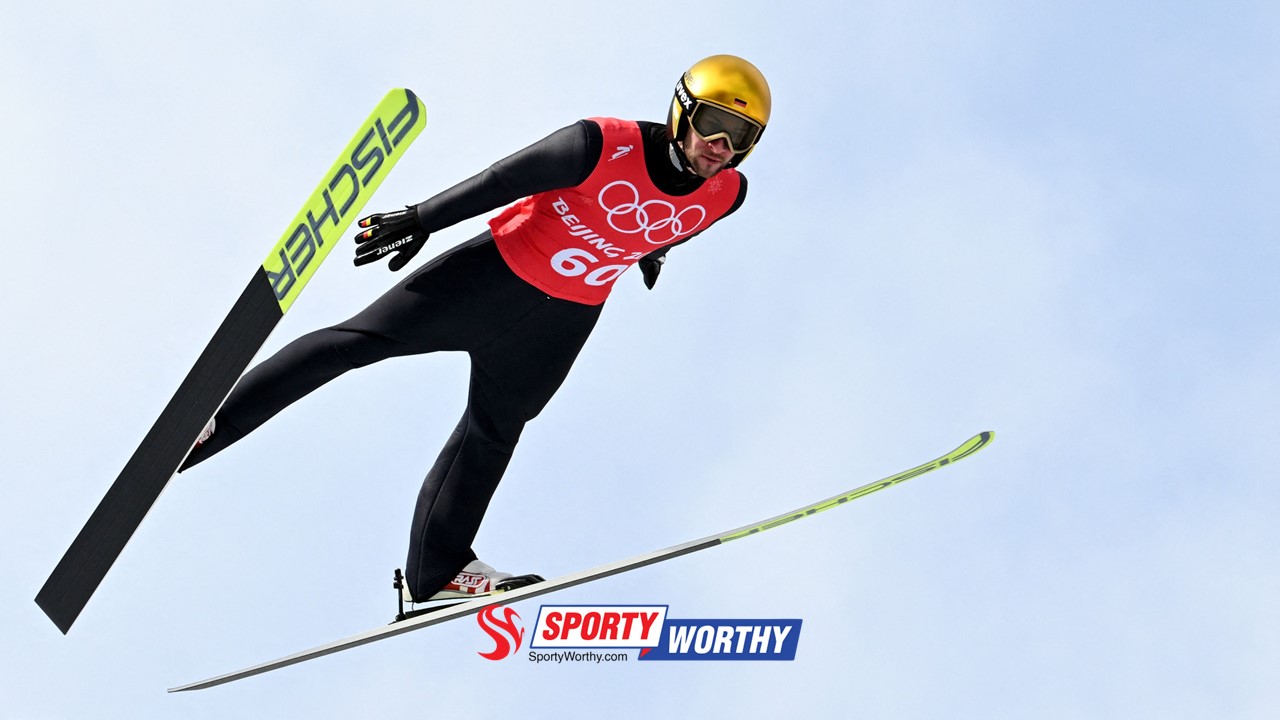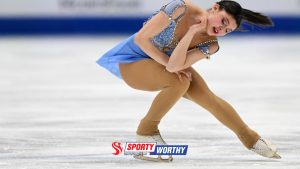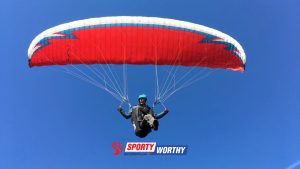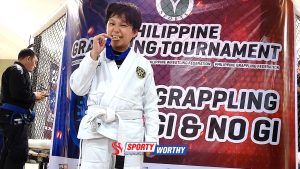Table of Contents
ToggleChoosing the right ski jumping equipment is essential for any enthusiast looking to excel in the sport. From skis and bindings to ski jumping suits and helmets, having the right gear is crucial for performance and safety. This blog post will explore the 5 essential pieces of ski jumping equipment and provide valuable tips on selecting the perfect gear for your needs. Whether you’re a beginner or a seasoned pro, finding the right ski jumping equipment can make all the difference in your performance and overall enjoyment of the sport.
The Importance of Getting the Right Ski Jumping Equipment
The importance of getting the right ski jumping equipment cannot be overstated, especially when considering the athlete’s safety. Properly fitting ski jumping equipment, such as the ski boots, bindings, and helmet, is essential in providing the necessary support and protection during takeoff, flight, and landing. Ill-fitting or inadequate equipment can increase the risk of injury, as it may not provide the stability and impact protection needed for the high-speed, high-altitude maneuvers involved in ski jumping. Additionally, the design and construction of the ski jumping equipment play a crucial role in minimizing the potential for accidents and ensuring the athlete’s safety throughout the entire jump.
In addition to safety considerations, the ski jumping equipment directly affects the performance of the ski jumper. The aerodynamic properties of the ski jumping suit, skis, and bindings can significantly impact the athlete’s ability to achieve optimal speed and lift off the takeoff ramp. Furthermore, the proper alignment and stiffness of the ski boots and bindings play a crucial role in maximizing the transfer of power and control from the athlete’s movements to the skis. Therefore, investing in high-quality, well-fitted ski jumping equipment is crucial for enhancing athletes’ performance and enabling them to achieve their full potential in this demanding sport.
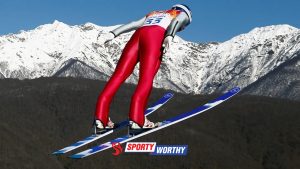
Here are 5 essential ski jumping equipment:
1. Skis
Your skis’ right length and stiffness are crucial to your ski jumping equipment. The length of your skis should match your skill level and body size, as it directly affects your performance on the slopes. Properly sized skis can help you maintain control and stability during takeoff and landing, which are essential aspects of successful ski jumping. Additionally, the stiffness of the skis plays a significant role in how they respond to your movements. Skis that are too stiff can be difficult to maneuver, while skis that are too soft may lack the necessary support for powerful takeoffs. Therefore, considering your skill level and personal preferences when choosing ski jumping equipment is essential to ensuring you have the right gear for your jumping needs.
When selecting ski jumping equipment, it’s important to consider your skill level and preferences to find the best skis for your needs. Experienced jumpers may prefer longer and stiffer skis for increased stability and control during high-speed takeoffs and landings. On the other hand, beginners or those looking for a more forgiving ride may opt for shorter and softer skis to help them develop their technique and build confidence. Finding the right balance between length and stiffness in your ski jumping equipment is crucial for optimizing your performance and safety on the slopes. By carefully assessing your skill level and personal preferences, you can make informed decisions when choosing the ideal ski-jumping equipment for your next thrilling adventure.
2. Ski Boots
Finding the right pair of ski boots is crucial for the athlete’s performance and safety. Proper fit and ankle support are especially important in ski jumping boots, as they provide the stability and control needed for successful jumps. Look for boots with adjustable features, such as buckles and straps, to ensure a custom fit that supports the ankles and provides a secure feel. Additionally, good insulation is essential to keep the feet warm and comfortable in cold weather conditions, allowing the athlete to focus on their performance without discomfort.
Investing in high-quality ski jumping equipment, including boots with the right fit and features, can significantly affect an athlete’s performance. The right boots can enhance the athlete’s confidence and control on the slopes, ultimately contributing to their success in ski jumping competitions. With proper ankle support and insulation, the athlete can focus on their technique and execution, knowing that their equipment is designed to support their efforts and keep them comfortable throughout their jumps.
3. Ski Jumping Suit
Regarding ski jumping equipment, the ski jumping suit is a crucial component that can significantly impact an athlete’s performance. A well-fitted and aerodynamic suit maximizes speed and stability during the jump. The suit’s material is crucial in providing comfort and flexibility to the athlete. It needs to be lightweight and breathable to ensure the jumper’s freedom of movement while maintaining a streamlined and sleek profile. The suit’s design should also be carefully considered to minimize air resistance and optimize aerodynamics, allowing athletes to achieve greater distances with their jumps. By prioritizing both the material and design of the ski jumping suit, athletes can enhance their overall performance and competitive edge.
Athletes should prioritize materials that offer comfort and flexibility when selecting a ski jumping suit. High-quality, stretchable fabrics can provide the necessary range of motion for the athlete to execute their jumps precisely and easily. The suit’s design should also incorporate features that reduce drag and air resistance, such as strategically placed seams and streamlined contours. This attention to detail in material and design ensures that the ski jumping suit enhances performance and provides the athlete with the comfort and flexibility needed to excel in this winter sport. By investing in a well-crafted and aerodynamic ski jumping suit, athletes can optimize their potential and achieve greater success in their pursuits on the slopes.
4. Ski Helmet
Safety is paramount when it comes to ski jumping equipment, and one of the most important pieces of gear is the ski helmet. It is crucial to choose a helmet that provides adequate protection, particularly for the high speeds and potential falls involved in ski jumping. Look for helmets designed for ski jumping, with reinforced impact zones and advanced shock-absorbing materials to ensure maximum slope safety.
In addition to protection, it’s essential to consider comfort and functionality when selecting a ski helmet. Look for helmets with adjustable fit systems to ensure a snug and secure fit and ventilation to prevent overheating during intense jumps and maneuvers. By prioritizing safety and comfort in your ski helmet choice, you can enjoy the thrill of ski jumping with confidence and peace of mind.
5. Ski Goggles
Regarding ski jumping equipment, ski goggles are crucial in ensuring a safe and enjoyable slope experience. Clear vision and UV protection are essential for ski jumping goggles, as they help to enhance visibility and protect the eyes from harmful UV rays. When choosing ski goggles for ski jumping, it’s important to consider the lens type, anti-fog features, and compatibility with your helmet. Opting for a high-quality lens that provides excellent clarity and contrast can greatly improve visibility on snow-covered terrain. At the same time, anti-fog features help to prevent condensation and maintain clear vision in varying weather conditions. Additionally, ensuring that the ski goggles are compatible with your helmet is essential for a secure and comfortable fit, allowing you to focus on your performance without distractions.
Investing in ski goggles that offer clear vision and UV protection is a wise decision for anyone involved in ski jumping. The right lens type can significantly affect visibility, especially in challenging light conditions commonly encountered during ski jumping events. Anti-fog features are also crucial for maintaining clear vision and preventing distractions caused by condensation, ensuring skiers can focus on their performance without hindrances. Furthermore, ensuring compatibility with the helmet is important for a secure and comfortable fit, allowing ski jumpers to fully concentrate on their technique and maneuvers without any discomfort or distractions from ill-fitting equipment. Considering these factors, ski jumpers can select the ideal ski goggles to enhance their performance and safety on the slopes.
Concluding Remarks: Ski Jumping Equipment Essentials
When it comes to ski jumping, selecting the appropriate equipment is paramount for a fulfilling and secure experience on the slopes. Careful assessment of factors like fit, performance, and safety features will lead to the discovery of the ideal gear that not only enhances performance but also ensures the jumper’s safety. By investing in the right ski jumping equipment, enthusiasts can fully embrace the thrill of the sport while minimizing risks and maximizing enjoyment.


